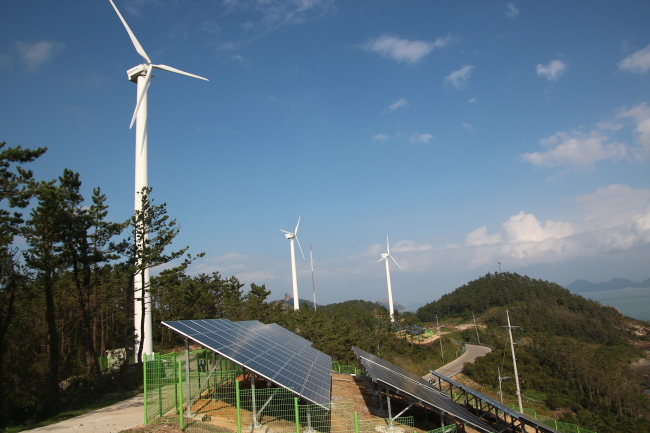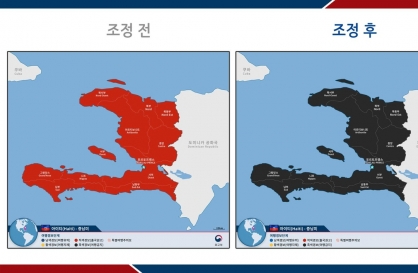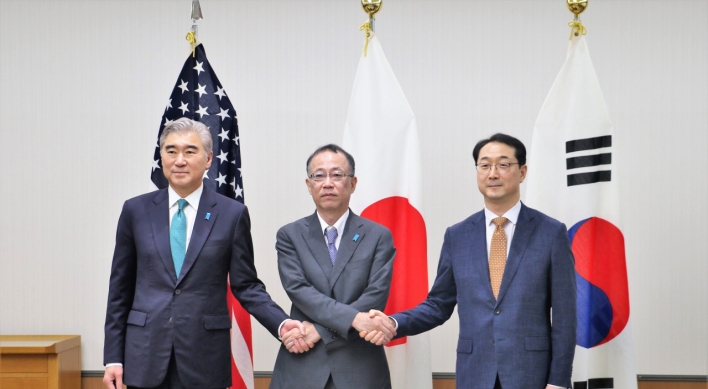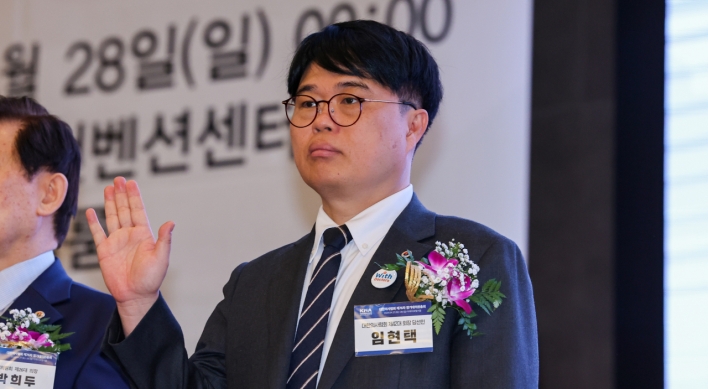GASADO, South Jeolla Province ― Gasado Island, a 15-minute boat ride from Jindo of South Jeolla Province, is a quiet little place with less than 280 residents.
But this nondescript island is in the spotlight for housing the first-ever independent microgrid made using an indigenous energy management system in Korea. In other words, the island is capable of generating its own electricity with renewable energy sources for its own residents.
A total of 400 kW of electricity is generated from four aerogenerators. Another 320 kW is generated with dozens of solar panels installed on the sunny side of its hills and even in a swamp, conventionally regarded as a semi-wasteland.
But this nondescript island is in the spotlight for housing the first-ever independent microgrid made using an indigenous energy management system in Korea. In other words, the island is capable of generating its own electricity with renewable energy sources for its own residents.
A total of 400 kW of electricity is generated from four aerogenerators. Another 320 kW is generated with dozens of solar panels installed on the sunny side of its hills and even in a swamp, conventionally regarded as a semi-wasteland.

Since the start of the operation in October 2014, the microgrid has managed to replace 81.1 percent of the diesel-engine power plant output in the island, saving more than 150 million won ($135,000) in fuel and logistics cost.
“The EMS monitors electricity demand in the island in real time and controls the generation automatically,” said Song Il-keun, head of MicroGrid R&BD Center at Korea Electricity Power Corporation Research Institute.
“We have a 3 MW energy storage system that can store one-days supply for the rainy or cloudy days. Our ultimate goal is to replace all diesel-engine generation with renewable energy sources,” he said.
The Gasado project is the prototype of more than 62 other microgrids to be established by KEPCO and 23 more by regional administrations, mostly remote islands or mountainous areas where power transmission is very difficult. The state-run KEPCO expects the domestic microgrid market to be worth 5.8 trillion won between 2016 and 2030.
“We are currently pushing to establish a microgrid on the much larger Ulleungdo Island in East Sea with 10,673 residents. There, we will combine wind, solar, hydro and geothermal power,” Song said.
The Gasado project is even more important because it could become a prototype for similar plans in Canada, a country famous for having many small islands opting for microgrids. KEPCO signed a memorandum of understanding with the Canadian company Power Stream, last October for a feasibility test in the Ontario region. The test for a potential 10 billion won-business deal is expected to kick off in June.
Gasado could also be a good model for Mozambique, which is planning to increase its power supply rate to 25 percent by 2020 from the current 15-20 percent. Much of that new supply will be from microgrids, Song said.
“We are developing the facility to operate in African environment and conditions. We are hoping this will be the stepping-stone for our technology to enter other African countries,” he added.
By Bae Ji-sook (baejisook@heraldcorp.com)
-
Articles by Korea Herald










![[New faces of Assembly] Architect behind ‘audacious initiative’ believes in denuclearized North Korea](http://res.heraldm.com/phpwas/restmb_idxmake.php?idx=644&simg=/content/image/2024/05/01/20240501050627_0.jpg&u=20240501225745)








